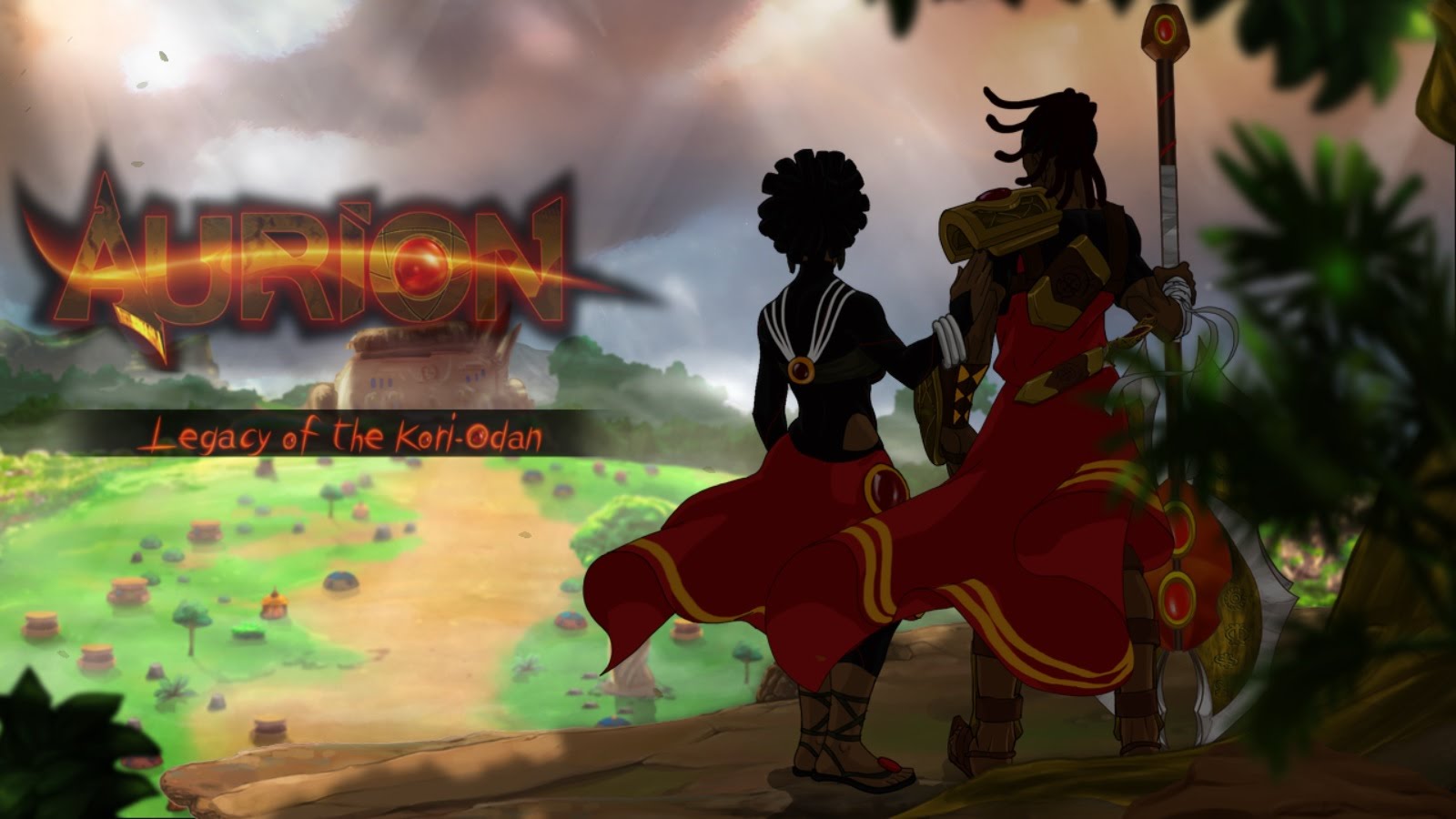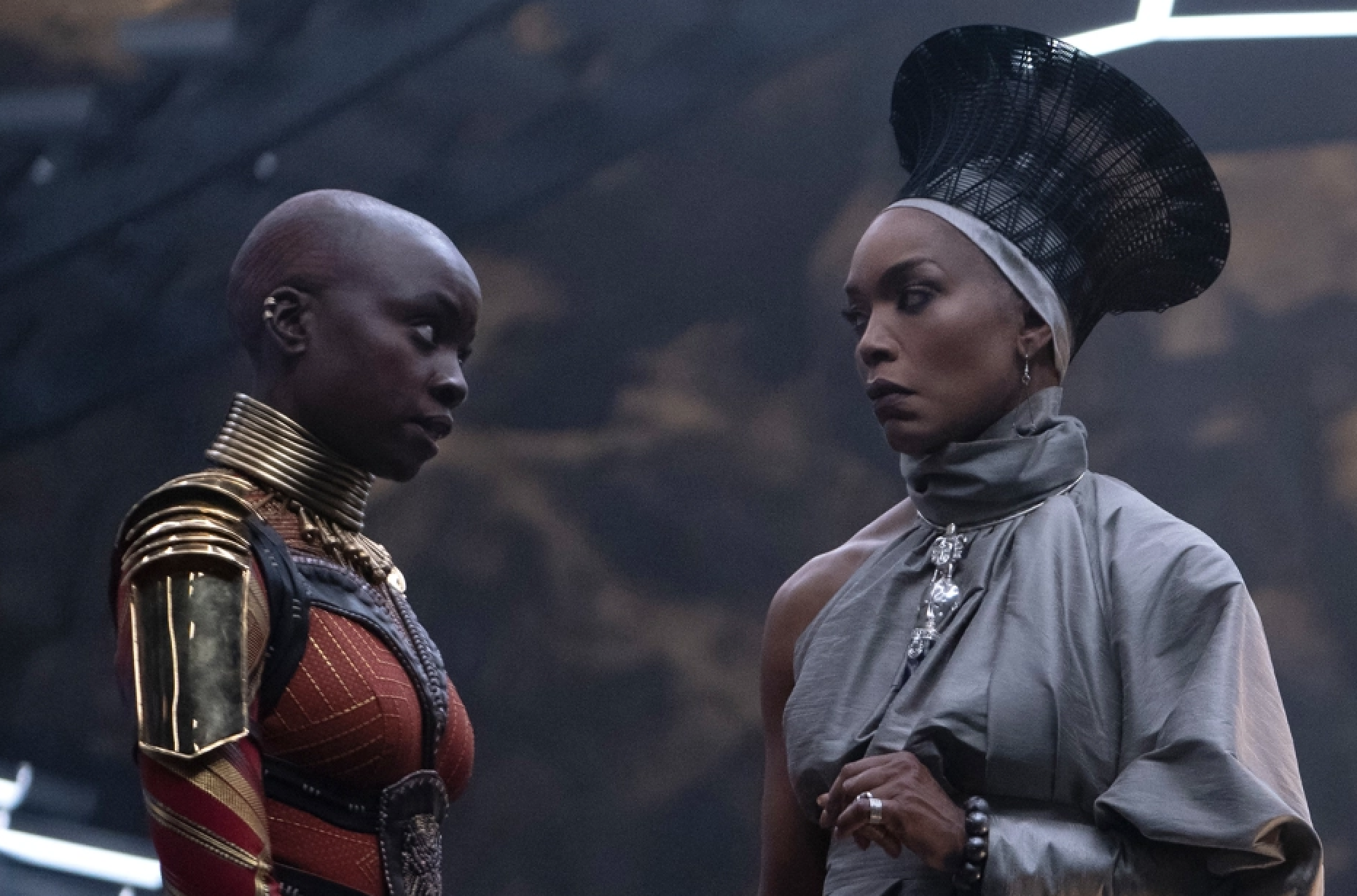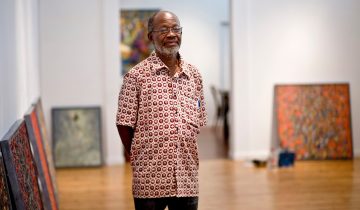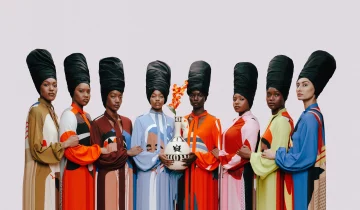African Art in Video Games: A New Frontier for Cultural Representation
The video game industry has rapidly evolved since its humble beginnings in the 1970s, becoming a cultural and economic force to be reckoned with. For decades, Western and Asian developers have dominated the scene, shaping the narratives and aesthetics that have enchanted players around the globe. However, as the industry matures, the demand for authentic cultural representation in video games has become increasingly apparent. The inclusion of African art and culture in video games is an important development that not only offers new perspectives and narratives but also fosters cultural diversity and understanding.
A Historical Context of African Art and Culture
The artistic traditions of Africa boast a rich and diverse history, with unique styles and themes that have inspired the world for centuries. African art has long been characterized by its abstract and symbolic nature, with masks, sculptures, and textiles often used to represent the spiritual and social dimensions of life. Indeed, the early 20th-century avant-garde movement of Cubism was profoundly influenced by African art, with artists like Pablo Picasso and Georges Braque incorporating African masks and sculptures into their groundbreaking works.
African storytelling and mythology have also had a powerful impact on the world’s imagination. Rooted in oral tradition, these stories often center on heroes, gods, and mythical creatures, reflecting the values and beliefs of diverse African societies. Through their rich tapestry of tales, African storytellers have woven vibrant and enduring narratives that continue to captivate audiences around the world.
Examples of African Art and Culture in Video Games
The influence of African art and culture is increasingly visible in the video game industry, with a growing number of games drawing inspiration from African mythology, folklore, artistic styles, and landscapes. The following case studies illustrate the exciting ways in which African art and culture are being integrated into video games, enriching the gaming experience for players across the globe.
- Characters inspired by African mythology and folklorea. Anansi’s World is a visually stunning adventure game that transports players into the world of Anansi, the trickster god from West African mythology. With gameplay rooted in exploration and puzzle-solving, players must use their wits to navigate the challenges that Anansi’s world presents. The game’s developers have masterfully incorporated the vibrant and colorful aesthetic of African art, bringing the magical world of Anansi to life.b. Aurion: Legacy of the Kori-Odan is an action role-playing game (RPG) developed by Cameroon-based studio Kiro’o Games. The game tells the story of Enzo Kori-Odan, the prince of Zama, who must reclaim his kingdom after a coup. Drawing inspiration from African mythology, the game features the character Oya, a powerful and fierce goddess of storms, who aids Enzo on his quest. The game’s art style and design are deeply rooted in African aesthetics, providing players with a unique and immersive experience.

African Art in Video Games: A New Frontier for Cultural Representation | Aurion: Legacy of the Kori-Odan - Games set in African-inspired landscapesa. Wakanda Forever: Rise of the Black Panther is an action-adventure game that transports players to the technologically advanced, yet traditionally grounded, African nation of Wakanda. Inspired by the Marvel Comics character Black Panther, the game showcases the rich and diverse African landscapes, from dense jungles to bustling cities, as players embark on a thrilling journey to defend Wakanda from various threats.b. Rangi is a virtual reality (VR) puzzle game that invites players to explore a world inspired by the myths and landscapes of Africa. The game’s art direction is heavily influenced by traditional African architecture, art, and music, resulting in a breathtaking and immersive gaming experience.
- Integration of African artistic styles and musica. Semblance is a puzzle-platformer developed by South African studio Nyamakop, which features a distinctive African-inspired art style. Players control a malleable character in a world where the environment itself can be shaped and manipulated to solve puzzles. The game’s visually striking design, which incorporates elements of traditional African art, sets it apart from other titles in the genre.b. The Pathless – is an action-adventure game with an original score that includes African-inspired music. The game’s composer, Austin Wintory, collaborated with South African musician Tokoloshe, blending traditional African instruments and melodies with a modern orchestral score. This fusion of musical styles adds depth and emotion to the game’s overall atmosphere, further immersing players in the world the developers have crafted.
Benefits of Incorporating African Art and Culture in Video Games
The inclusion of African art and culture in video games has numerous benefits, not only for the gaming community but also for the wider world. Some of the key advantages are:
- Fostering cultural awareness and understanding: By incorporating African art and culture into video games, developers can help foster a deeper understanding and appreciation of Africa’s rich history and traditions. This exposure can lead to greater empathy, curiosity, and interest in learning about different cultures.
- Expanding the scope of narratives and gameplay possibilities: African art, mythology, and history offer a wealth of inspiration for game developers, allowing them to create fresh and engaging stories, settings, and gameplay mechanics. This infusion of new ideas can lead to innovative and captivating gaming experiences.
- Encouraging more African game developers and artists to enter the industry: As the presence of African art and culture in video games grows, aspiring African game developers and artists may feel more encouraged to enter the industry, knowing that their unique perspectives and creativity are valued and appreciated.
Challenges Faced by African Game Developers
Despite the numerous benefits of incorporating African art and culture in video games, African game developers still face significant challenges in bringing their visions to life. Some of the key obstacles include:
- Limited funding and resources: Developing video games can be an expensive and time-consuming endeavor, and many African game developers struggle to secure the necessary funding and resources to create their projects.
- Competition with established game developers: As the video game industry becomes increasingly global and competitive, African game developers must contend with well-established studios that have greater resources and experience.
- Difficulties in marketing and distribution: For many African game developers, marketing and distributing their games can be a significant challenge, particularly when trying to reach international audiences.
Conclusion
The incorporation of African art and culture in video games is an exciting development that holds the potential to enrich the gaming landscape with fresh perspectives and narratives. As the industry evolves, it is crucial to continue supporting and promoting cultural diversity in video games, both for the sake of artistic innovation and to foster greater understanding and appreciation of different cultures.
The case studies and examples presented in this journal illustrate the powerful impact that African art and culture can have on the gaming experience, providing players with unique and immersive worlds to explore. By embracing and promoting the inclusion of African art in video games, the industry can help ensure that the stories, landscapes, and characters inspired by Africa’s rich cultural heritage continue to captivate and inspire players around the world.
As consumers and enthusiasts, we must actively support African game developers and artists in their creative endeavors, while advocating for increased cultural representation in the video game industry. By doing so, we can help ensure that the vibrant tapestry of African art and culture continues to enrich the world of video games, offering players new and exciting experiences for years to come.





 No products in the basket.
No products in the basket.